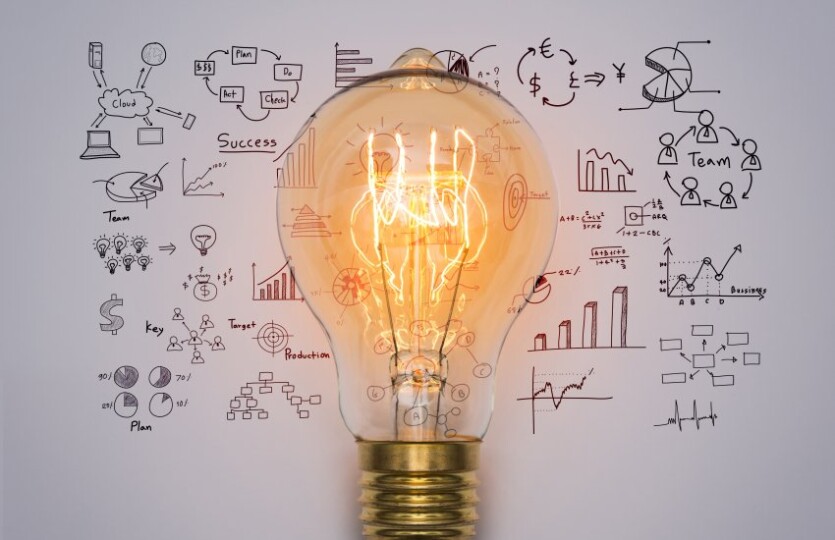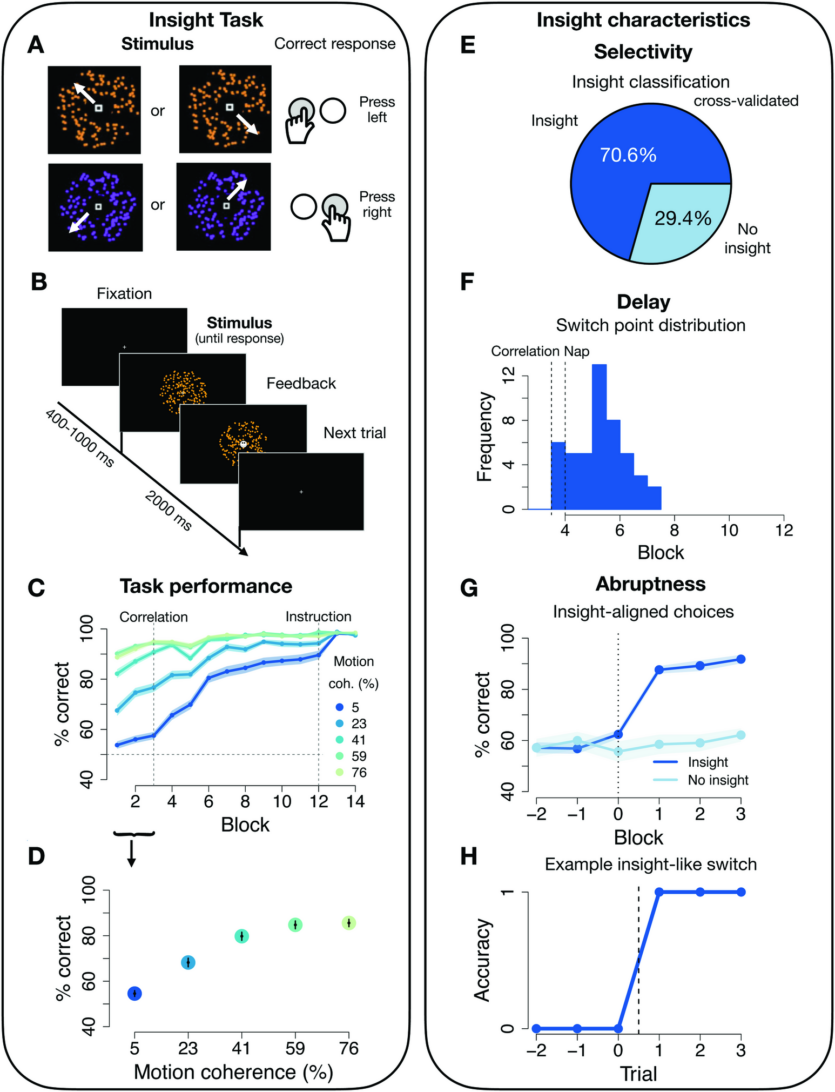
German scientists from the University of Hamburg have proven that after a short sleep people do have breakthrough ideas in their heads more often.
«Thomas Edison had this technique: he would hold a cup or something like that while he was taking a nap in his chair. When he fell asleep too deeply, a cup falling out of his hand would wake him up — he was convinced that this was a way to trigger these moments of insight», — explains one of the study’s lead authors, Professor of Cognitive Science at the University of Hamburg Nicholas Schuck.
It’s worth noting that Edison actually fell asleep holding not a cup but metal balls that fell into the tray when he fell asleep and woke him up.
A number of scientists took this technique seriously and decided to test its effectiveness. One of the most recent studies was conducted by French scientists from Sorbonne University, led by a cognitive neuroscientist Celia Lako. More than 100 participants in the study had to solve a math problem. Participants were told that the problem could be solved by applying two simple rules in sequence. However, there was also a shorter way to the solution. The purpose of the experiment was to test whether participants would find this shortcut after short sleep in the style of Thomas Edison.
The genius effect was tested using EEG. Scientists also conducted experiments with different objects that participants had to hold in their hands during a short sleep, and cups turned out to be the best choice. Most participants realized that there was a shortcut to the problem after the falling cup woke them up.
Initially, a team of German scientists led by Nicolas Schuck wanted to repeat the experiments of her French colleagues. However, in their case, the cups did not work for some reason.
«It just didn’t work for us. People who were falling asleep often didn’t drop the cups — I don’t know why», — Shuk says.
Moreover, the short sleep phase itself did not work. The researchers decided to change the experiment and asked 90 participants to track the movement of dots on the screen in a series of trials with a 20-minute nap between each trial. The dots on the screen were quite small, purple and orange in color, and moved in one of two directions.
Participants had to guess that the color of each dot was directly related to the direction of its movement. After several attempts, where the direction of the dots was random, the team made changes. Orange dots always moved in one direction, and purple dots — in the other.

Participants no longer held cups and other objects in their hands while sleeping. The researchers allowed them to enter the second phase of light sleep N2. It turned out that after waking up, people most often experienced the following moments insights. In particular, more than 80% of the participants found a solution to the dot-moving task after waking up from the second stage of light sleep. Among the participants who entered the initial stage of sleep N1, only 61% successfully completed the task. Among the people who did not fall asleep at all during these 20 minutes, only 55% of participants successfully completed the task In the control group, which performed the same task without a sleep break, only 49% of participants were able to find a solution.
Evaluating the results of the experiment with the help of EEG analysis, German scientists concluded that the deeper a person sleeps the more likely it is that her brain will be able to find a solution to a complex problem.
«Traditionally, people have divided sleep EEG readings into discrete stages, such as N1 or N2, but as always in biology, things are not so discrete. They are much more continuous, there is a kind of gray area. We are currently conducting a study that has been in development for years. We want to use both EEG and MRI simultaneously to see what happens in the brain when people sleep We also hope to gain some insight, no joke, into the processes that play a role in the formation of ideas», — emphasized Professor Nicholas Schuck.
The results of the study were published in the journal PLOS Biology
Source: ArsTechnica

Spelling error report
The following text will be sent to our editors: